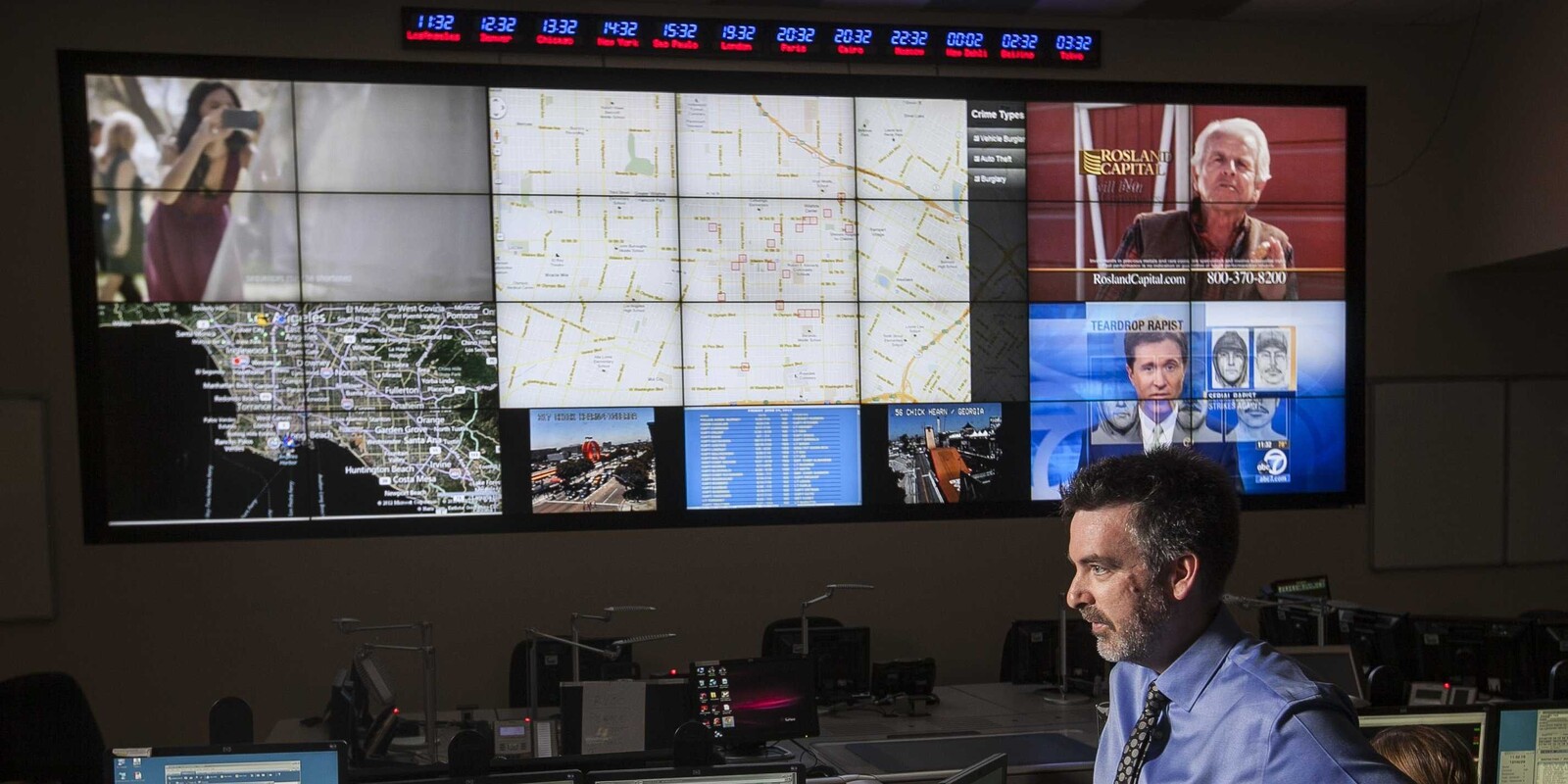When the Cleveland police officer Timothy Loehmann arrived on the scene on November 22, 2014, it took him less than two seconds to fatally shoot Tamir Rice, a twelve-year-old black boy who was playing with a toy gun. This raises the question—if law enforcement officers are already too trigger-happy, will the little red boxes that mark temporary crime zones reduce the reaction time of officers while they’re in the designated boxes? How does labeling a space as an area where crime will occur affect how police interact with those spaces? Although PredPol conceptualizes the terrain that is being policed as a field where natural events occur, the way that data is interpreted and visualized is not a neat reflection of empirical reality; rather, data visualization actively constructs our reality.
